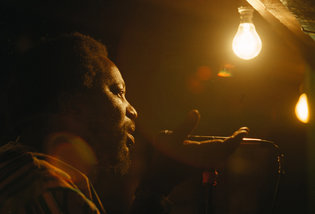(p. A1) LAGOS, Nigeria — Young men became entangled in a swirl of flying fists. Gas station workers swatted away boys hoping to fill their plastic cans. A mother with a sleeping baby in her minivan was chased off, rightly accused of jumping the line. A driver eager to get ahead crashed into several cars, the sound of crunching metal barely registering amid the noise.
Nigerians were getting used to days like this.
But then came the ultimate insult to everyone waiting at the Oando mega gas station: A bus marked Ministry of Justice rolled up to a pump, leapfrogging no fewer than 99 vehicles. “Service With Integrity” was painted on its door. A gas station supervisor who calls herself Madame No Nonsense stepped aside to let it fuel up before anyone else. The crowd howled at the injustice.
Plummeting oil prices have set off an economic unraveling in Nigeria, one of the world’s top oil producers, and the collective anger of a fed-up nation was pouring out.
. . .
(p. A8) President Muhammadu Buhari is urging patience, noting that when he took office last year he inherited a corruption-plagued mess.
. . .
. . . the government says the supply is getting better. It has finally fired up Nigeria’s three rickety oil refineries, and the wait in Lagos improved drastically last week. Eventually, officials say, Nigeria will make all of its own gasoline.
For the full story, see:
DIONNE SEARCEY. “Anger Overflows in Nigeria as Economy Dives.” The New York Times, First Section (Sun., MAY 10, 2016): A1 & A8.
(Note: ellipses added.)
(Note: the online version of the story has the date MAY 9, 2016, and has the title “Anger Overflows in Nigeria as Economy Dives.”)

